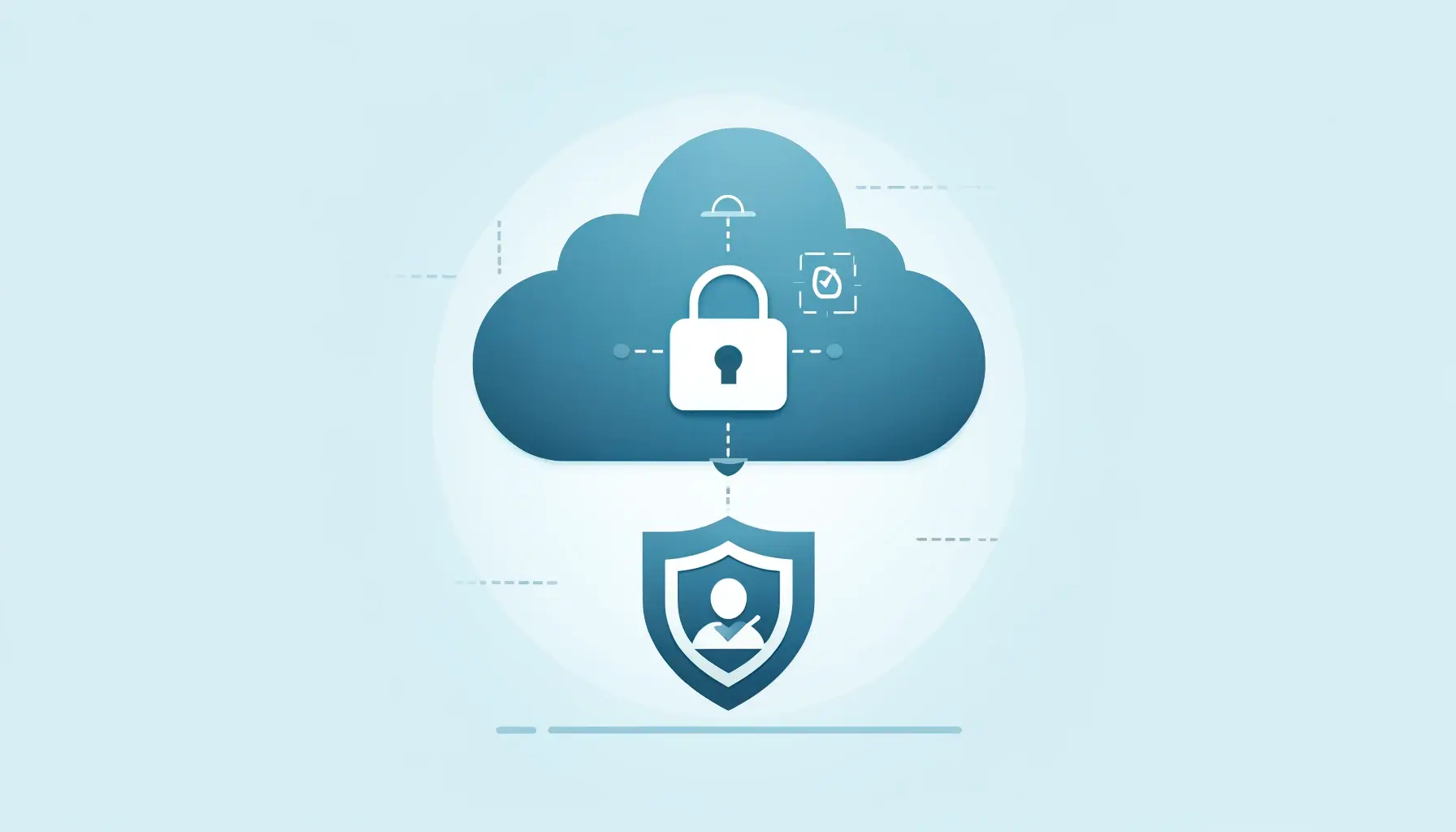
In this article, we explore the core principles of cloud data security and identify necessary security controls that organizations should prioritize to safeguard sensitive information from theft, compromise, or unauthorized access. We’ll also delve into how our cutting-edge data security platform revolutionizes how organizations handle data security and governance in the cloud, streamlining processes and equipping you with actionable insights to mitigate cloud-related risks effectively.
Security Controls for Cloud Data Protection
To ensure comprehensive data security in the cloud, organizations should prioritize the implementation of the following essential security controls:
- Data Encryption: Encrypting sensitive data at rest and in transit is a fundamental security control. Use robust encryption algorithms and key management processes to protect your cloud-stored data.
- Identity and Access Management (IAM): Establish robust IAM policies to manage user access to sensitive data and resources, with roles and permissions based on the principle of least privilege.
- Firewall and Network Security: Configure firewalls and utilize network segmentation and zero-trust network models to shield your cloud-based resources and data from unauthorized access or external threats.
- Intrusion Detection and Response: Employ intrusion detection systems (IDS) and incident response tools to quickly identify and address potential attacks or anomalies within your cloud environment.
- Regular Auditing and Monitoring: Conduct security audits, vulnerability assessments, and continuous monitoring of your cloud environment to ensure data protection and regulatory compliance.
Integrating Data Security and Governance Best Practices
In addition to implementing essential security controls, organizations should integrate data security and governance best practices throughout their cloud operations:
- Data Classification: Develop a comprehensive data classification system to categorize and label sensitive information in the cloud. This process allows you to apply appropriate security controls based on the sensitivity and value of the information.
- Data Lifecycle Management: Establish controls across your data's entire lifecycle, including the creation, storage, processing, transmission, and deletion phases.
- Compliance Management: Maintain compliance with relevant industry and regional data protection regulations, such as GDPR, CCPA, and HIPAA, to ensure your organization meets established standards for cloud data security.
- Security Awareness Training: Educate your workforce on cloud security best practices, emphasizing their responsibilities in safeguarding sensitive data within the cloud environment.
Navigating Multi-Cloud and Hybrid Cloud Environments
As organizations increasingly deploy multi-cloud and hybrid cloud strategies, they face additional challenges in protecting sensitive data across disparate environments:
- Centralized Security Management: Develop a unified framework to manage security policies, controls, and monitoring across multiple cloud providers and platforms, ensuring consistency and streamlined policy enforcement.
- Continuous Compliance: Maintain visibility across all your cloud environments and monitor compliance levels for each cloud provider to ensure adherence to necessary regulations.
- Data Integration Security: Secure data integration pipelines and communication channels between cloud environments and on-premises systems.
Leverage Data Security Posture Management (DSPM) Platforms for Effective Cloud Data Protection
Dasera is a DSPM platform that is designed to enhance security and simplify governance in cloud environments:
- Automated Data Discovery and Classification: Dasera identifies and classifies sensitive data in the cloud, ensuring appropriate security controls and monitoring can be applied based on the data classification.
- Centralized Policy Management: Easily manage and enforce data protection policies across your entire cloud ecosystem, ensuring consistent security and compliance regardless of the cloud provider or platform.
- Real-Time Threat Detection and Response: Dasera incorporates advanced analytics and AI-driven techniques to monitor user behavior and system activity constantly. This continuous monitoring enables swift detection of unusual activities or potential threats, allowing for rapid response and mitigation.
- Scalability and Flexibility: Dasera seamlessly integrates with various cloud providers and platforms, offering scalable and adaptive solutions to accommodate your organization's evolving cloud data security needs.
The importance of protecting sensitive data within the cloud continues to grow. Implementing automated security and governance controls and best practices, alongside navigating the complexities of multi-cloud and hybrid-cloud environments, is crucial in ensuring data protection and compliance. Dasera also simplifies cloud data security and governance processes, delivering flexibility and scalability to support your organization's growth and success.
Contact us today to learn how Dasera can help you navigate the cloud data security landscape, mitigate risks, and protect sensitive information so you can instead focus on your core business objectives.









